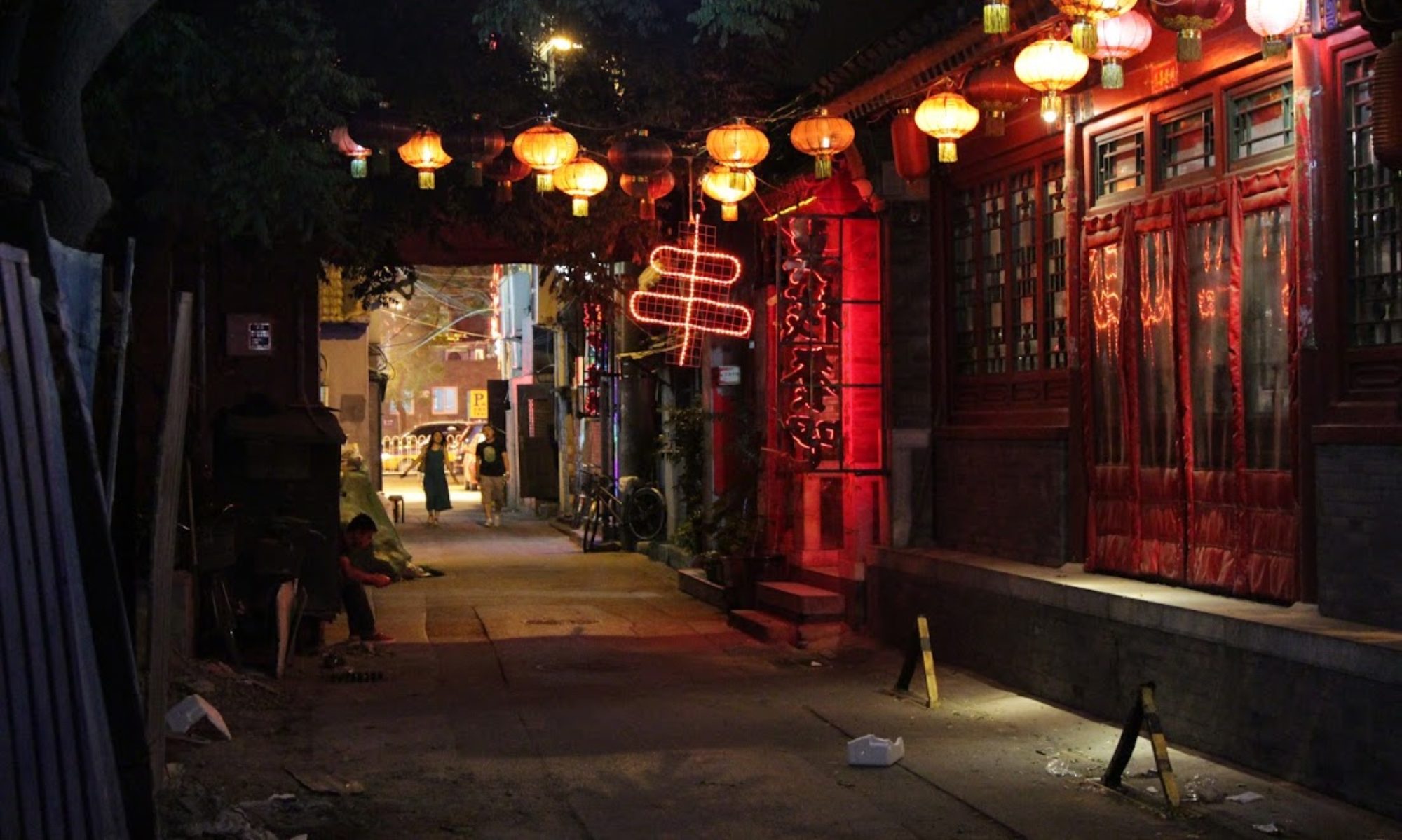It was a no-brainer; our plans for the day were finished and Florence’s #2 rated Trip Advisor attraction sat only half a mile away. Making the most of our time, we set off for the Basilica di San Miniato al Monte.
I should’ve known better. “Al monte” is practically the same in Italian as the Spanish phrase “of the mountain”. But without thinking, we set off for the basilica. Immediately, the following road greeted us.
The path was a winding road up a mountain. Trip Advisor’s estimation of half a mile away was according to a straight line, and didn’t account for distance in elevation, winding paths, and blocked roads. This half a mile walk would up being about two miles uphill. Eventually, we arrived at Piazzale Michelangelo.
Piazzale Michelangelo is dedicated to the artist Michelangelo himself and features copies of his most famous works as well as stunning views of the city below.
It was 99 degrees in the square with no shade; we felt like we had hiked straight to the sun. Smiling for photos was almost unbearable.
We were now only two tenths of a mile away. We set off, and after about 20 minutes arrived at the following church.
It wasn’t as grand as we expected for the #2 ranked attraction in Florence, but did we finally reach the end of our journey? As it turns out, no. It was a minor church, while the basilica stood many hundreds of steps uphill. Mama didn’t think she could make it, and said she would wait for us. But Zach and I wouldn’t let go; we would not let her sit back. Mama reluctantly began the arduous journey up to our destination.
At long last, we reached the salvation of the basilica gates. Mama couldn’t help but leap out in jubilation.
The inside of the basilica was grand, but didn’t particularly stand out against the basilicas in Rome. The main reason why this basilica is so highly reviewed is for the spectacular views outside.
On the right side of the church sits a 1000+ year old Olivetan monastery.
While on the left sits a chilling graveyard.
Despite all of the beautiful scenery, we were drop-dead tired.
So much so, that it was difficult to appreciate the beauty surrounding us. We had walked nearly 30,000 steps according to Mama’s pedometer, and our lower bodies felt every step.
Needless to say, we took a taxi home.






































